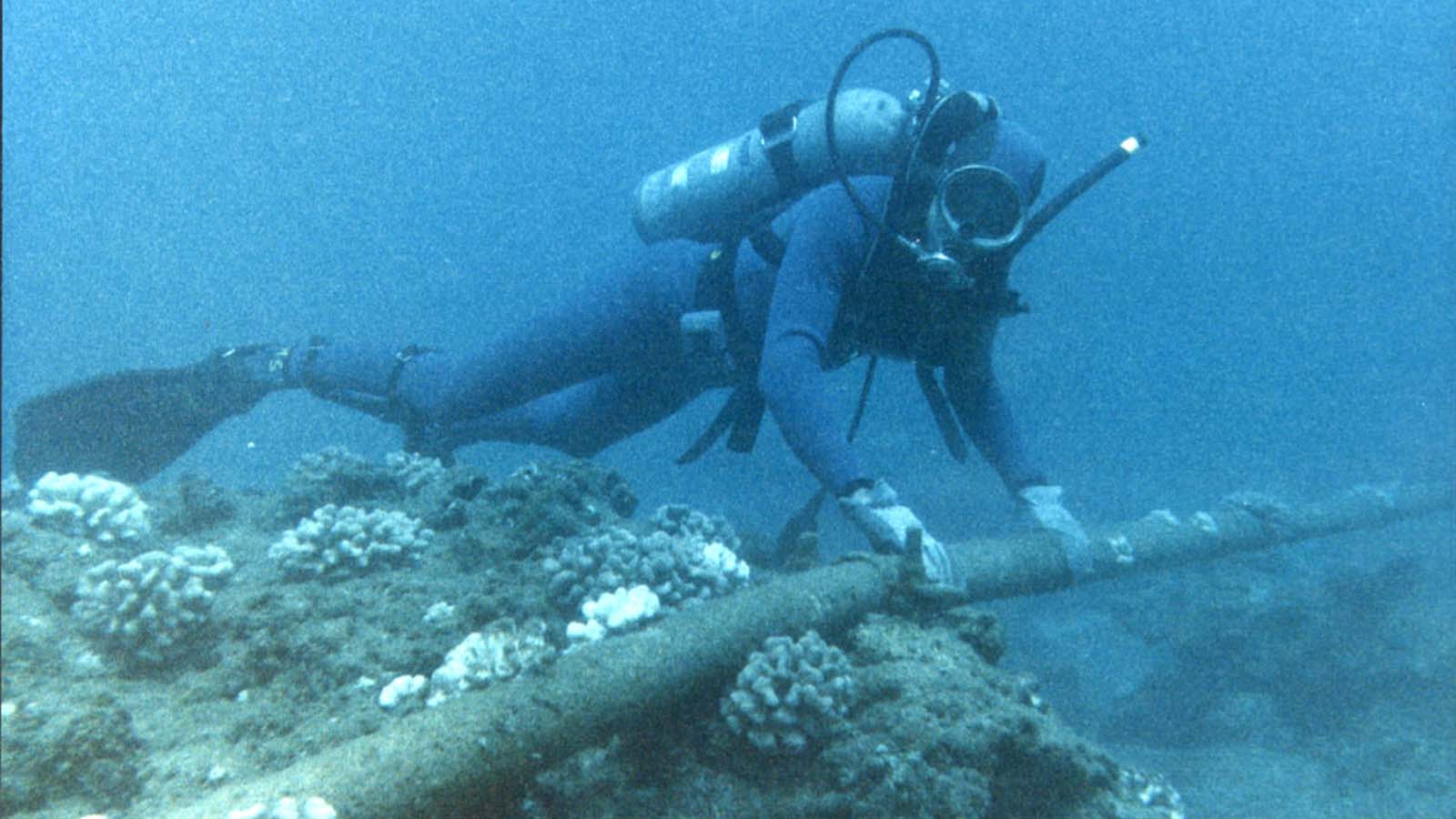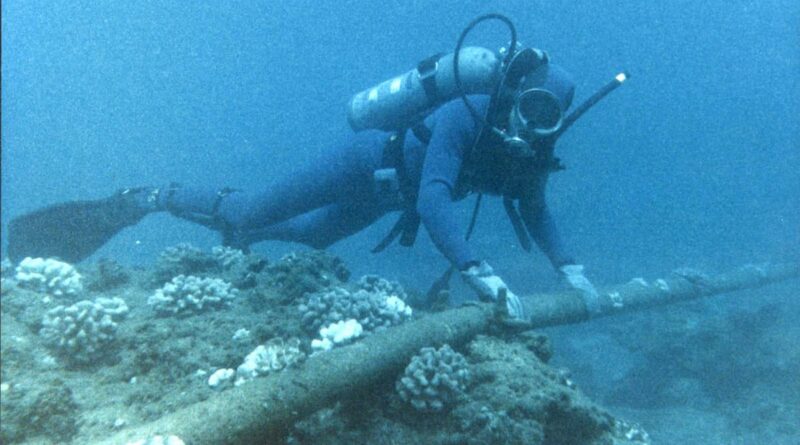Microsoft gave up on underwater data centers, China is racing ahead instead and up to 40,000 servers could be sunk within years

- Hainan’s underwater computing cluster matches the power of 30,000 gaming PCs operating simultaneously
- Seawater-cooled AI centers reduce energy costs and enhance security
- Microsoft abandoned underwater data centers after early trials
China has deployed 400 high-performance servers beneath the sea as part of an expanding underwater data center in Lingshui, Hainan.
China Media Group says this infrastructure will complete a year’s worth of computations for an average PC in just one second and can enable DeepSeek’s AI assistant to handle 7,000 conversations per second.
The newly-installed module, measuring 18 meters long and 3.6 meters in diameter, is linked to an existing facility to form a computing cluster designed to support AI-driven applications — providing computing power equivalent to 30,000 high-end gaming PCs operating simultaneously.
Expanding China’s AI infrastructure
Xu Tan, vice president of Highlander, a Shenzhen-listed maritime technology firm and a key player in China’s underwater data center expansion, highlighted the advantages of submerged data facilities.
“With the advent of the 5G and even 6G era, data will increase exponentially, and the construction of undersea data centers could meet the future demands of this growth,” he said.
The Hainan underwater data center, first launched in 2023, was the first commercial project of its kind. According to CGTN, the long-term plan entails deploying up to 100 data cabins in multiple phases.
The project aligns with China’s strategy to enhance its AI capabilities, with 219 intelligent computing centers launched across 81 cities from 2022 to 2024, according to IDC (originally in Chinese).
The firm also projects China’s intelligent computing capacity will grow at an annual rate of 33.9% until 2027, playing a crucial role in AI research, data processing, and automation across various industries.
Almost 10 companies have signed agreements to use the computing power of underwater data centers for AI model training, industrial simulations, game development, and marine research.
However, this project will require thousands of submerged servers, and the specific hardware to be used remains unknown. It is likely that high-performance AI accelerators, such as Nvidia’s H100 or Huawei’s Ascend 910, will be considered.
China has been pushing for domestic alternatives, so advanced AI chips from companies like Biren Technology or Loongson are also possibilities.
While China moves forward with plans to deploy up to 40,000 underwater servers in the coming years, American companies have taken a more cautious approach. Microsoft previously experimented with an underwater data center off the coast of the UK in 2018, but after retrieving it in 2020, the company ditched its National Park underwater data center plans.
Via Globaltimes

